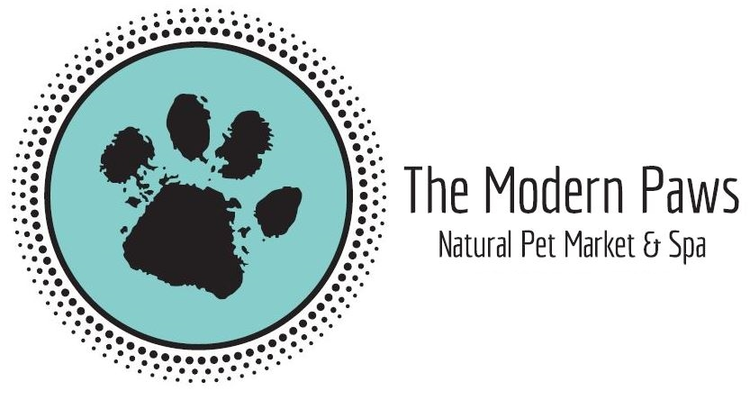How to make your pet’s kibble healthier
Posted by Lisa P. on

If you know us, you know we have such a passion to help educate and inform pet parents on the importance of pet nutrition. No single food or brand is going to be the best for all pets which is why we highly encourage pet parents to incorporate a rotational diet, just as nature intended.
If you’re feeding your pet a high quality dry kibble food, there are a variety of things you can do to make the kibble healthier.

- First, ensure you're feeding a quality dry food. Dry kibble food should have animal proteins as the first 3 or more ingredients. The more real meats, not just meat meals, the better the food will be. Stay away from ingredients such as corn, wheat, soy, and by-products. Stick to ingredients you can read and understand. Research the brand you are choosing. Is the company reputable? Is the brand transparent about where they source their ingredients from? Knowing ingredient sourcing is important because pet food meat ingredients can range from human grade (same beef, chicken, turkey, etc. that is found in your local grocery store) to animal feed grade ingredients, which may contain 4D meats (Dead, Diseased, Dying, or Disabled). Although 4D meats are horrendous and no pet owner would knowingly want to feed their dogs or cats these ingredients, the FDA allows it to be used for animal feed grade pet foods.

- Add moisture to the kibble. Most dry foods for cats and dogs only contain about 10% moisture. Dogs and cats, in nature, receive most of their moisture through the food they consume. Since dry food is exactly that, DRY, their bodies do not receive enough moisture when eating kibble. To make matters worse, most dogs and cats don’t drink enough water throughout the day. Not consuming enough water can equate to higher risks of diseases occurring. By adding an extra source of moisture to their diet, it will help keep their body hydrated, working in peak condition, and lowering the chances of various disease (UTIs, Kidney Issues, etc). Bone broth, goat’s milk, or just plain water added to the dry food are perfect examples of what to include for added moisture.
- Substitute a portion of kibble with fresh whole foods. Did you know if you added fresh whole foods a few times a week to a bowl of dry kibble, it would drastically decrease the risk of diseases? A 2005 Purdue University study showed that dogs eating leafy greens 3x a week reduced their chance of developing bladder cancer by a whopping 90% (70% by consuming even yellow/orange veggies)! Slowly start incorporating fresh leafy greens to their diet and progress into meats. Avoid unhealthy foods. Keep it simple and remember to add the fresh food in SLOWLY, to avoid digestion issues!

- Add a fish oil for Omega-3. Omega-3’s are particularly important because your pet's body needs these fatty acids in order to function properly. By adding salmon oil, for instance, to your dog or cat’s diet, you are boosting their immune system, supporting nerve-based functions, including cognition and vision, and aiding in healthy skin and coat.
- Add a probiotic and digestive enzyme. Probiotics are necessary healthy bacteria in the gut that fight off bad bacteria that may be lurking. Adding a probiotic to food is especially important when your pet is on an antibiotic, because antibiotics kill off both healthy and unhealthy bacteria from the gut. It is crucial to add a healthy bacteria back into the system. Digestive enzymes will aide in the breakdown and absorption of food, and regeneration of cells, in the body. As your animal ages, the natural occurring digestive enzymes in their body will usually be released less or at a slower rate. By adding a probiotic and digestive enzyme, food is broken down, absorbed, and utilized, as it should, and will improve overall health.
- Wash food bowls. I can’t emphasize this enough! You would never eat off of your own plate, day in and day out, without washing it. You should not be feeding your pet on a bowl that hasn’t been washed. Bad bacteria forms on all bowls no matter if you’re feeding dry kibble, canned, dehydrated, freeze-dried, or raw. The more you leave it unwashed, the greater the risk your pet has to feeling ill from bad bacteria buildup. Wash those bowls after every meal!
Incorporate these easy few steps to make your pet’s dry kibble much healthier than it ever was before! Be consistent! Keep your pets thriving, not just surviving!



